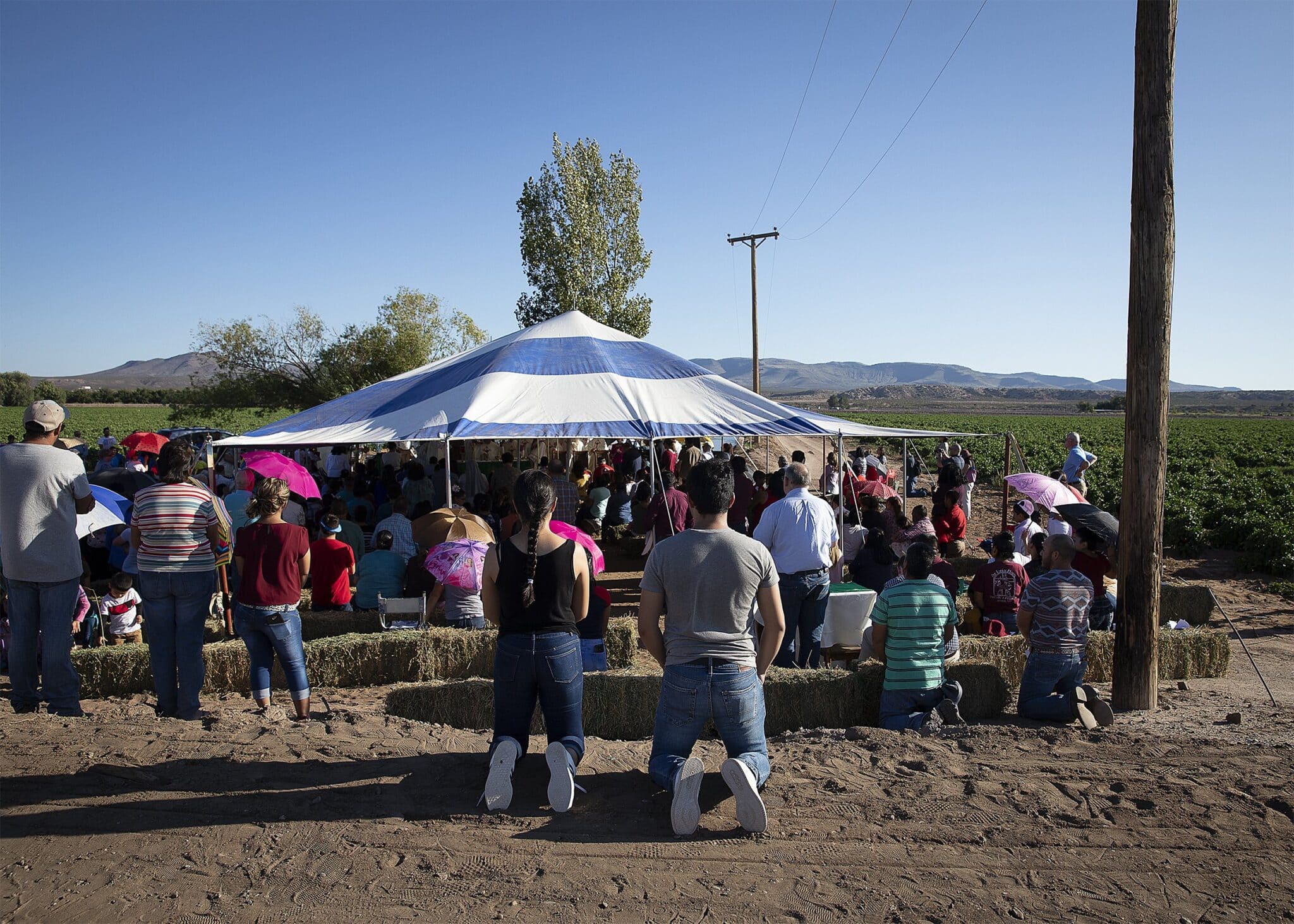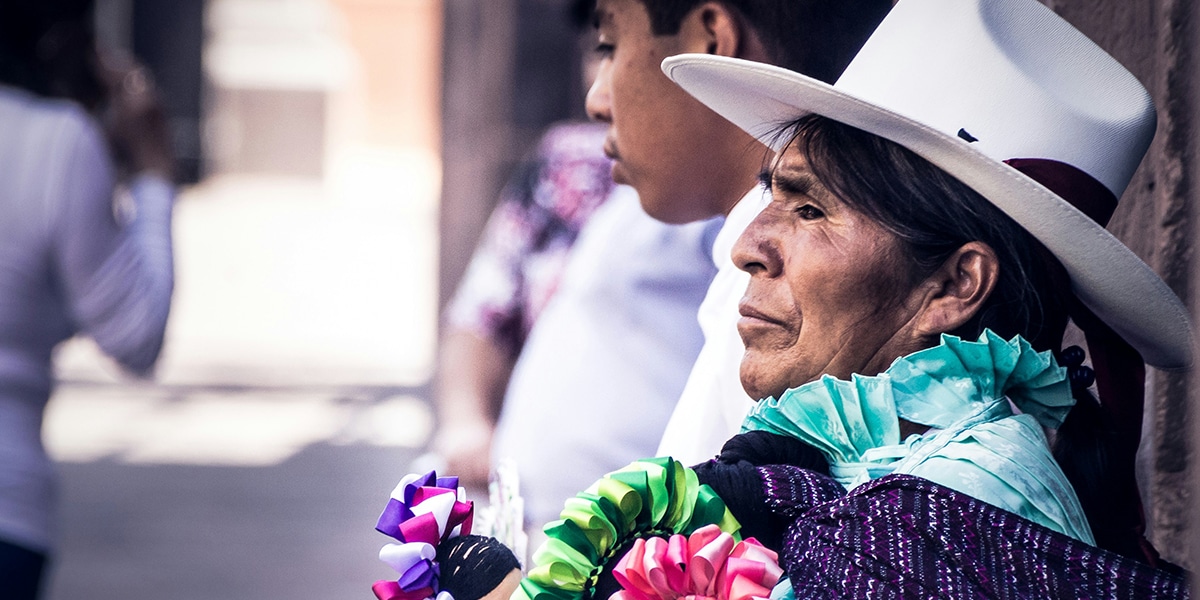FRANCISCAN SPIRIT BLOG
Sisterhood of Saints: 14 Holy Women

These 14 saintly women, among many more, changed my life. I hope they change yours. They weren’t perfect, for starters. They fought with their parents, their spouses, their siblings, and their children—not to mention priests, bishops, cardinals, popes, and even their fellow women religious. Sometimes they hurt people, badly.
No matter how different they were, no matter whether they lived in the first century or the 21st, whether they lived in India or Peru or Italy or France or Germany or Mexico or the United States or Canada, they loved God. Even more importantly, they knew God loves us, through the good times and the bad. They didn’t always understand God or the situations he put them in, but they knew he was love. They whispered that to me as they told me their stories.
I hope they change your life too. —Melanie Rigney, author of Sisterhood of Saints: Daily Guidance and Inspiration

Saint Elizabeth Ann Seton
(August 28, 1774 – January 4, 1821)
Elizabeth Ann and William Magee had a busy, beautiful life together in Lower Manhattan. They co-hosted a party for George Washington’s sixty-fifth birthday. They lived next door to Alexander Hamilton. They were stalwarts of the Episcopalian church, and set a good example for their children in their charitable activities. Then, everything went smash, all at once. Click here to read the rest of her story.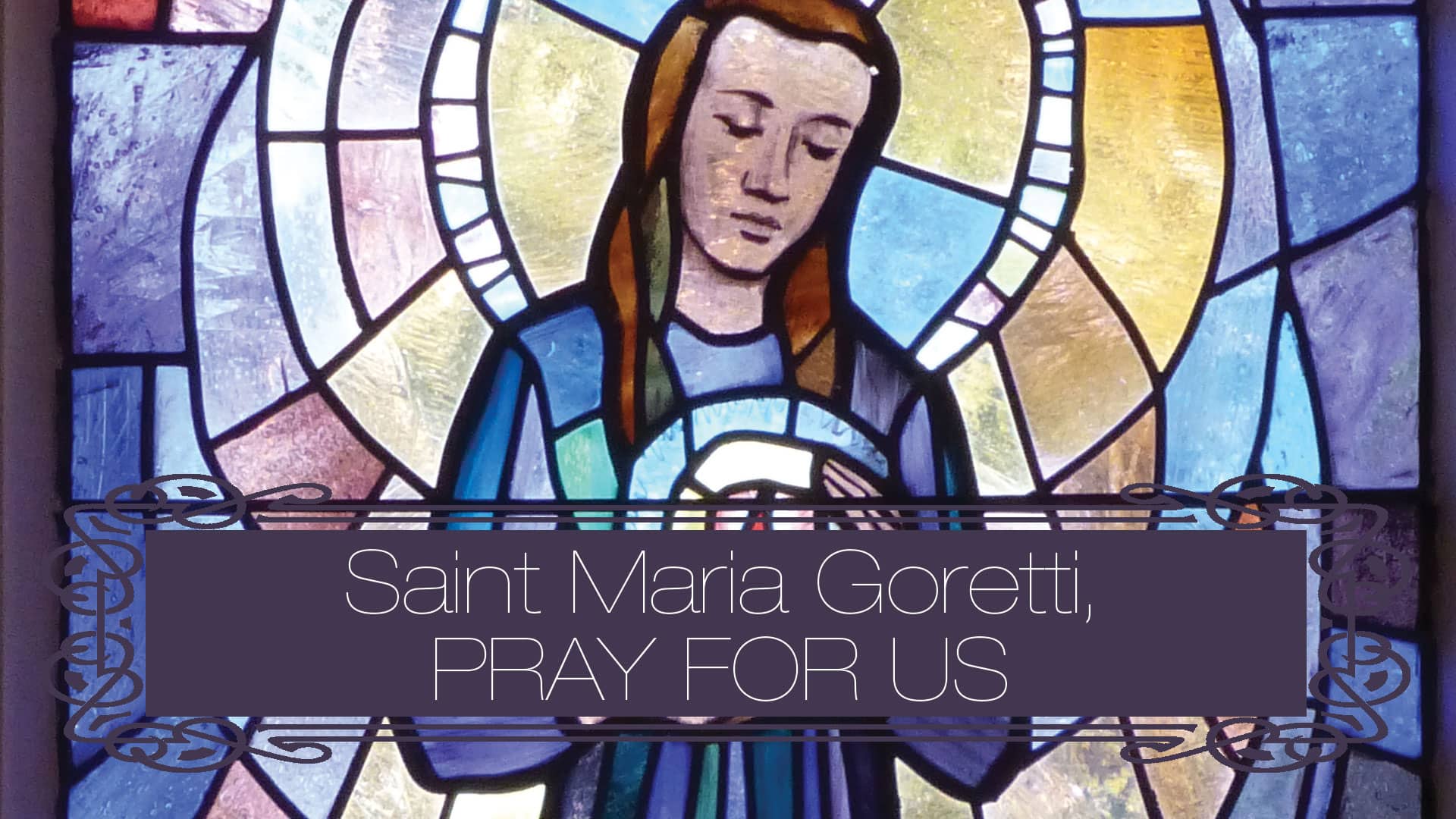
Saint Maria Goretti
(October 16, 1890 – July 6, 1902)
She was an obedient child by all accounts, taking care of her siblings and the housework so that her widowed mother could work in the fields, hoping against hope to bring in the crop that would keep her little brood together. That meant no time for school for Maria, but a kind woman taught her enough about Catholicism that the child was able to make her First Communion. Maria hadn’t turned twelve yet when a young man attempted to rape her. Click here to read the rest of her story.
Saint Clare of Assisi
(July 16, 1194 – August 11, 1253)
Clare was just eighteen when she heard Francis preaching his message of poverty and simplicity. Her parents named her Clare (Chiara), based on comfort the Holy Spirit provided during her mother’s difficult labor. The legend is that her mother would give birth to “a light that will … shine brilliantly in the world.” That light caught fire when Clare was eighteen and heard Francis preach during Lent. It put the young noblewoman’s life on an entirely different course than she (and, certainly, her parents) might have expected. Click here to read the rest of her story.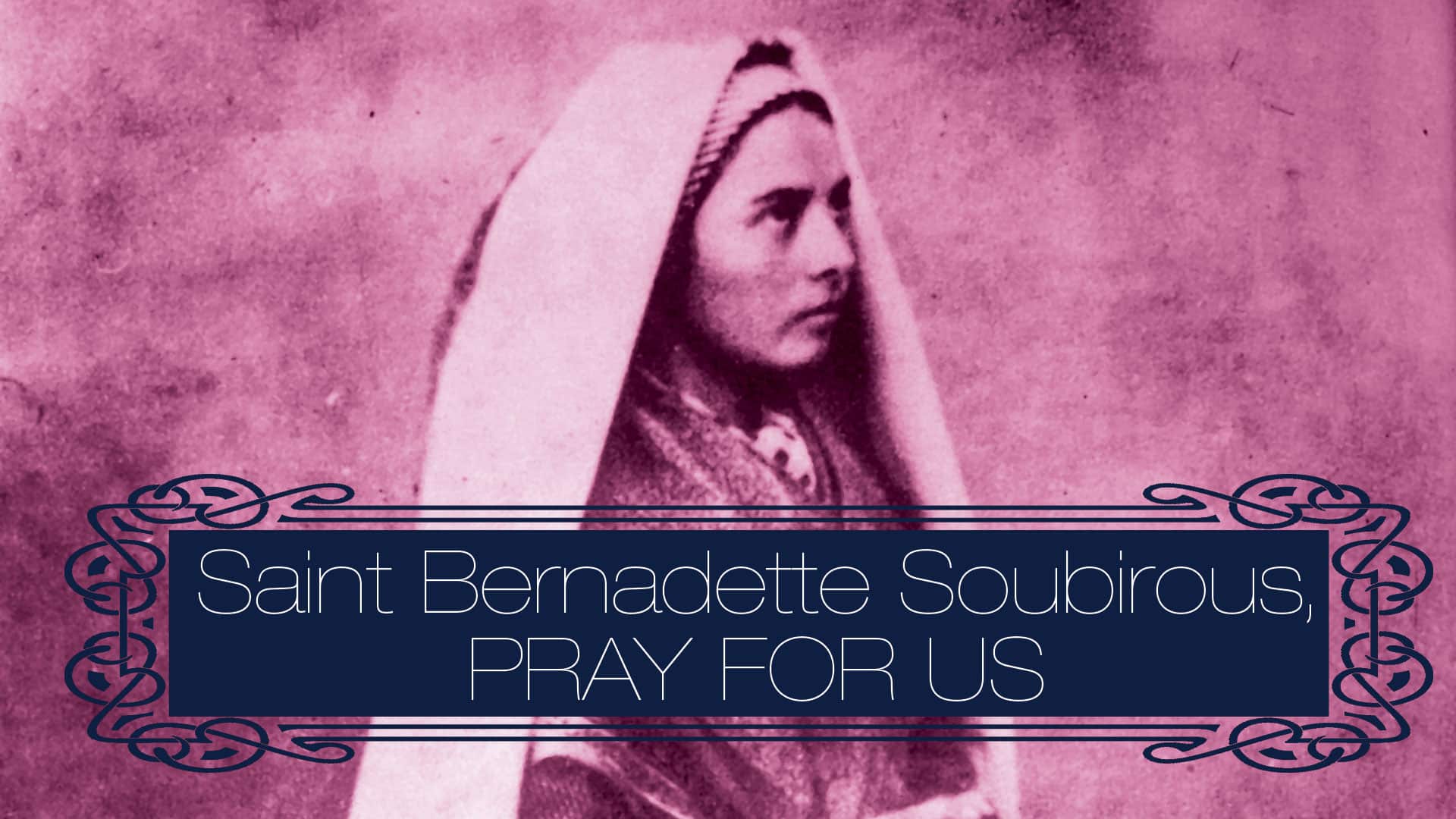
Saint Bernadette Soubirous
(January 7, 1844 – April 16, 1879)
We all know the story of how Mary appeared to Bernadette, a simple girl of fourteen, at Lourdes. But what sometimes gets lost in the story is Bernadette’s strong faith. Her statements were challenged over and over again by learned Church officials and local authorities who attempted to catch her in lies and contradictions. People were openly skeptical about why the Blessed Virgin would appear to a girl who was functionally illiterate, who at the time of the first apparition had not even made her First Communion. Click here to read the rest of her story.
Saint Joan of Arc
(January 6, 1412 – May 30, 1431)
The conflicts known as the Hundred Years’ War had been going on for seventy-five years by 1412. All told, it’s estimated that 3.5 million people died in the battles between Britain and France. Surely, people wondered if peace would ever return. The Lord sent an unlikely leader: a slip of a French peasant girl named Joan who knew only the rudiments of prayer, and could not read nor write. The voices started when Joan was thirteen or so, first telling her to be a good girl, then telling her to save France by coming to the aid of the dauphin. Click here to read the rest of her story.
Saint Kateri Tekakwitha
(1656 – April 17, 1680)
Kateri, called the “Lily of the Mohawks,” had virtually no traditional family support on her Christian journey. By some reports, her Algonquin mother was a Christian, educated by French missionaries. However, before her mother, father, or baby brother could have much influence on the four-year-old’s life, all of them died of smallpox. The disease also left the child with facial scarring and partially blind. It was because of the latter that she became known as Tekakwitha—“she who bumps into things.” Click here to read the rest of her story.
Saint Teresa Benedicta of the Cross
(October 12, 1891 – August 9, 1942)
Teresa Benedicta of the Cross may be one of the best known Catholic converts of the twentieth century. She was born Edith Stein on Yom Kippur and was raised Jewish, but she abandoned a faith life at an early age. Her life’s love became the study of philosophy—and she was good at it; her doctoral dissertation on empathy drew acclaim. Then, in the summer before she turned thirty, she read Saint Teresa of Avila’s autobiography, which shook her to her core. After reading the book, she told herself, “This is truth.” Click here to read the rest of her story.
Saint Margaret of Scotland
(1045 – November 16, 1093)
They say it was love at first sight: the beautiful, educated, pious English princess and the rough and tumble warrior, widower, and Scots king twenty years her senior. Margaret was devoted to the Lord; Malcolm III, not so much, though he considered himself a believer. Despite all their differences, Margaret and Malcolm proved to be exceptionally well yoked. Click here to read the rest of her story.
Saint Frances Xavier Cabrini
(July 15, 1850 – December 22, 1917)
Even as a child, Frances knew she was made to be a missionary; she loved crafting little paper boats and sending them off to sail with “missionary” flowers aboard. The flame continued to grow during a childhood full of illnesses, and a young adulthood full of challenges. More than one community of women religious turned her down; the orphanage where her pastor had urged her to work closed six years after she started. Click here to read the rest of her story.
Saint Josephine Bakhita
(c. 1869 – February 8, 1947)
Josephine Bakhita’s life started like many other children amid a loving family in the southern Sudan’s Darfur region. But before she reached the age of ten, she was kidnapped by slave traders. The experience frightened her so badly that she forgot her name. She became known as Bakhita, which sounds like a cruel joke, since the word means “fortunate.” Click here to read the rest of her story.
Saint Katharine Drexel
(November 26, 1858 – March 3, 1955)
The wealthy Drexel family of Philadelphia was socially conscious, donating large amounts of money to help the less fortunate. Indeed, three days a week, Katharine’s stepmother would welcome people in need into their home; there was plenty of food, clothing, and financial aid to share, and Katharine and her two sisters would teach the children about Jesus. The experience made such an impression on Katharine that in her teens, she considered becoming a woman religious. But she was advised against it. Click here to read the rest of her story.
Saint Catherine of Siena
(March 25, 1347 – April 29, 1380)
Some of our most beloved saints wouldn’t take no for an answer. Catherine of Siena, a Doctor of the Church and one of the most influential women in Catholic history, is one of those saints. One of the first examples of Catherine’s gift of getting the other party to see her side in negotiation came when she was just sixteen years old. An older sister had died, and the family decided Catherine would marry his widower. Catherine had decided nearly ten years earlier that she would be the wife of no one other than Christ. Click here to read the rest of her story.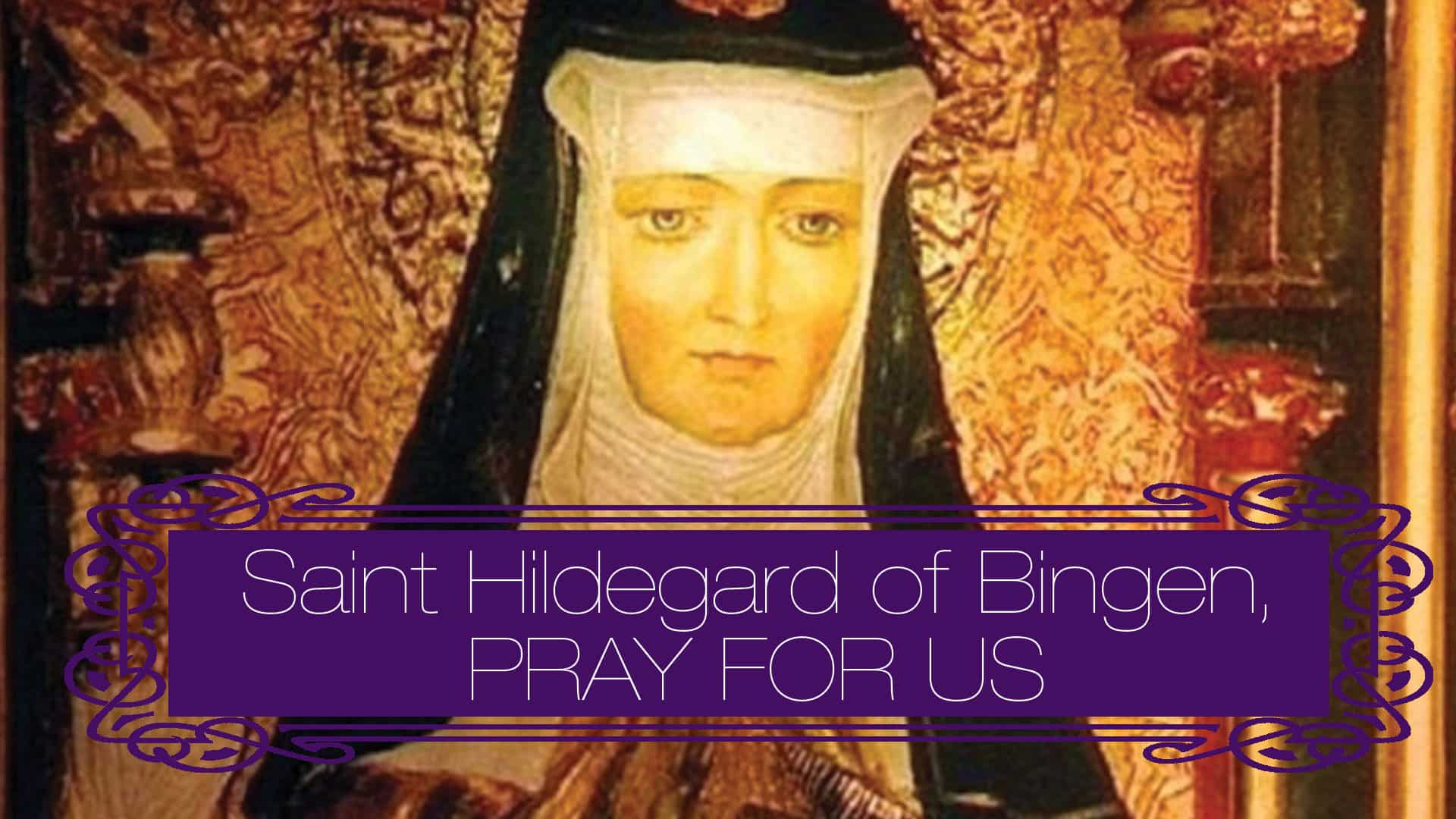
Saint Hidegard of Bingen
(September 16, 1098 – September 17, 1179)
Surely you have heard of Hildegard, the medieval mystic, composer, author, poet, and playwright who, in October 2012, became the thirty-fifth Doctor of the Church—and the fourth female Doctor. She was gifted with her first vision when she was still a toddler When Hildegard was around thirteen, she went to live with Jutta of Sponheim, a woman religious who would be responsible for the education of Hildegard and other girls. Click here to read the rest of her story.



